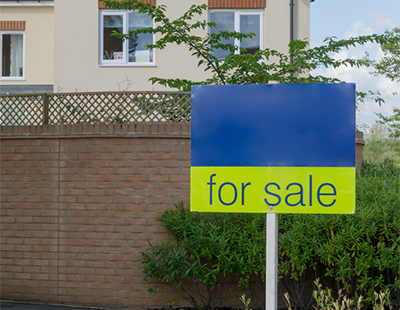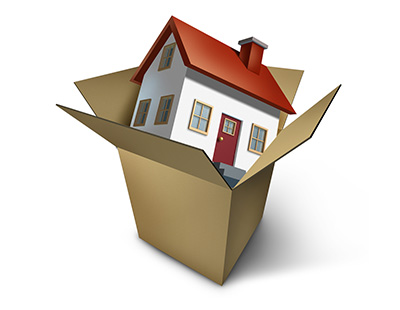The number of existing home owners moving house fell two per cent in the first six months of 2017 compared with the same period in 2016, says Lloyds Bank.
There were 171,301 such movers in the first half of 2017 compared with 174,300 in the same period last year.
The first half of 2016 saw 18,000 more homemovers (an increase of 11 per cent compared to the first half of 2015) and the bank says the increase at that time may have been down to owners making home purchases before the introduction of the stamp duty surcharge for second and additional homes.
Since hitting a market low of 117,900 in the first half of 2009 - when the credit crunch was biting hard - the number of homemovers has grown by 45 per cent. However, the current numbers still remain at just under half of the level before the credit crunch in the first half of 2007 - 327,600.
In other data collected by Lloyds, it has been revealed that a decade ago, just under two-thirds of all house purchases financed by a mortgage were made by homemovers. In 2017, this proportion has dropped to 51 per cent.
Over the past five years, the average price paid by homemovers has grown by 41 per cent to £84,869, from £206,122 in 2012 to £290,9913 in June 2017.
In London, the average homemover price has grown by 56 per cent since June 2012 to £561,032, the highest in the UK. The average homemover price in the capital is 41 per cent or £163,579 higher even than the South East which is the second most expensive.
Northern Ireland has lowest average price of £165,404.
The average deposit put down by a homemover has increased by 40 per cent in the past five years, from £68,663 in 2012 to £96,109 in 2017. Not surprisingly Londoners put down the largest deposit towards the purchase of their next home; £188,916 - four times higher than the average homemover deposit of £48,080 in Northern Ireland, the lowest.
Meanwhile transactions in July - one month more recent than the Lloyds data - topped 100,000 according to HM Revenue & Customs. This figure is slightly higher than July last year but lower than the same month in the previous two years.
’Transaction numbers are important as they are a better indicator of the health of the housing market than other indices such as prices, which can boom and bust.
[These] figures compared with last year are misleading, however, because this time last year the market was in the doldrums following the imposition of the stamp duty surcharge” says Jeremy Leaf, north London estate agent and a former RICS residential chairman.
“The feeling persists that the market is lagging. The residential market remains subdued, with the lack of new homes coming onto the market weighing down on transaction volumes. Rising inflation is contributing to the sluggishness of the housing market, with households finding their incomes increasingly squeezed by rising costs” explains Shaun Church, director at mortgage broker Private Finance.



















%20A%20property%20tale%20for%20our%20times.png)








Join the conversation
Be the first to comment (please use the comment box below)
Please login to comment